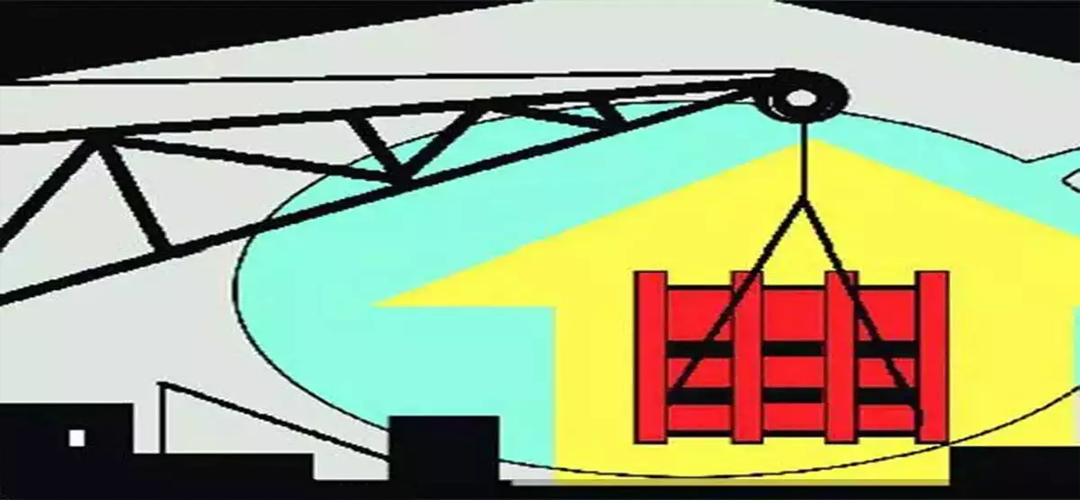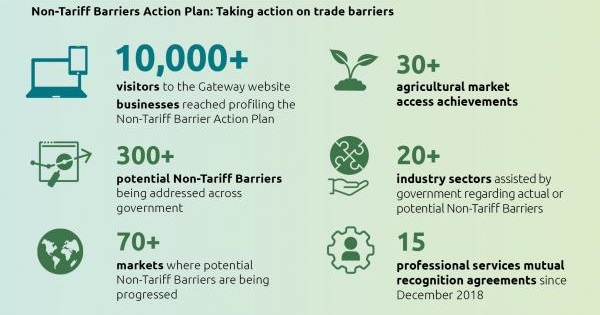Trade-off or Standoff
December 31, 2022 | Expert Insights

As India looks to maximise its benefits from free trade agreements (FTAs), non-tariff barriers are weighing on the ongoing negotiations and taking precedence over pure trade issues. These include carbon emission norms, climate action, issues around rules of origin, confirmation of rules around intellectual property rights, and labour and gender balance standards, which are a substantive part of all new agreements.
Recently, the European Union reached an agreement on a carbon border adjustment mechanism which is meant to target carbon-intensive products such as iron and steel, cement, aluminium and fertilisers. Applicable from October 2023, the framework would impose a levy on imported goods based on the emissions during their production process.
The negotiators of developing countries view these as instruments which, if implemented immediately, could potentially offer developed countries a ground to trigger non-tariff protectionist measures against the former, especially as the latter stare at recessionary conditions.
Background
There are significant differences between the old FTAs negotiated prior to 2015 and the new FTAs under discussion. Earlier, predominantly trade-related issues such as rules, operations, and tariffs measures used to dominate in the nearly dozen chapters that existed. Presently in the new FTAs, the number of chapters has doubled, with non-trade issues dominating these.
Regardless of whether the non-tariff barriers are imposed or implemented with protectionist intent or to address legitimate market failures, they are thought to have important restrictive and distortionary effects on international trade, especially regarding market access for developing countries.
As trade talks with the UK, EU and Australia enter a crucial phase, Indian policymakers realise they are fighting against not just time as India prepares for the G20 Summit next year, national elections the year after, and recession in the developed world which has stoked protectionist tendencies there but also a new set of non-tariff issues.

Analysis
Non-trade barriers are relevant to develop countries because they are frequently applied to export product groups. Often, these are those where developing countries have a comparative advantage, such as agriculture, mining, crude industry, etc.
Further, developing countries often have a more limited capability (or incur higher costs) for meeting the requirements dictated by the non-trade barriers because of a less advanced production process technology, weak trade-related infrastructure, inadequate export services, less climate-friendly procedures, lax labour laws, lopsided gender representation in the industry with gender discriminatory wages and so on.
Discrimination also results from an information problem, as many developing countries do not have the resources to analyse and understand the nature and implications of the barriers that their exports face. Discrimination can also result from the more rigorous administrative procedures that are often applied to imports originating from developing countries, especially least-developed countries.
For instance, developed countries, such as the US, have brought up the issue of carbon emissions in the process of manufacturing melted steel as a non-tariff-related issue. However, third-world countries like India, Brazil, China, Indonesia, etc., mostly produce steel generated from iron ore, while most developed countries have resorted to methods to generate it from scrap, which results in lower carbon emissions.
Carbon levies based on equating steel produced as a primary process to that converted from scrap tend to unilaterally damage the export potential and competitive pricing of the developing countries, which India is expected to challenge. This move is necessary for India and Bangladesh, given that they had already been removed from the USA's GSP (Generalised System of Preferences), which led to benefits to India worth $70 million on as many as 50 items, mostly from the labour-intensive handloom and agriculture sectors. This removal entailed India losing out on preferential tariffs and about $48 bn worth of US market share to South Asian developing countries like Vietnam that continue to enjoy duty-free access.
Since 2020, India has been looking to conclude early harvest agreements in ongoing FTA negotiations, which allow countries to exclude contentious issues and agree on quick tariff concessions in mutually beneficial areas. For example, the upcoming early harvest scheme with Australia is likely to exclude sensitive sectors such as dairy, beef, and wheat. These are the sectors where Indian players may not be able to compete with foreign players partly because of the controversial phytosanitary and subsidy issues, but will liberalise trade in mining, pharmaceuticals, health, education, renewables, railways, gems and jewellery, tourism, defence and textiles.
Experts have, however, noted that early harvest agreements could, at times, reduce the incentive for further negotiation for a comprehensive FTA. They may also be subject to challenges at the WTO if they are not converted into agreements that eliminate customs duties and other trade barriers on “substantially all the trade” between the WTO member countries.
Moreover, the new non-tariff barriers further prevent the maturation of these existing early harvest agreements into FTAs and even act as a roadblock to inking these agreements in the first place.
Although potentially discriminating against developing countries, non-tariff barriers in FTAs result in identifying and correcting the pain points in the industry in the long run, thereby boosting exports and dividends.
Ultimately India must push ahead with these new FTA agreements in pursuance of economic growth and development, increased employment and company competitiveness and promotion of global values such as labour laws, gender balance standards, climate consciousness and intellectual property rights. In fact, the domestic reform agenda must be aligned with ensuring that the benefits from these trade pacts can be maximised.
A recent report that the government plans to raise import duties on “non-essential items” runs counter to its embrace of the new trade agreements because moves such as these will only expose the government to the charge of being protectionist.
Assessment
- At a time when firms are looking to diversify away from China by pursuing a China plus one strategy, and the global recession is looming, India must lower trade barriers, implement the justified non-tariff measures as far as possible, push for transparency and consistency in these measures and try actively to be a significant part of global value chains.
- Most of the resource extraction, production from raw materials, refining and other carbon-intensive processes of the global value and supply chain are in developing countries. Therefore, levying non-tariff barriers such as carbon adjustment taxes is going to unilaterally affect these countries' comparative advantage, which arises because of low production costs.
- The complications and shortage of time India faces in negotiating the new non-tariff barrier adjusted FTAs that are scheduled in 2023 and 2024 are further exacerbated as New Delhi's focus would invariably shift to the series of events linked to India's G20 Presidency and that political lobbying from influential lobby groups such as farmer unions and the auto sector could intensify in the run-up to the 2024 national elections.








Comments